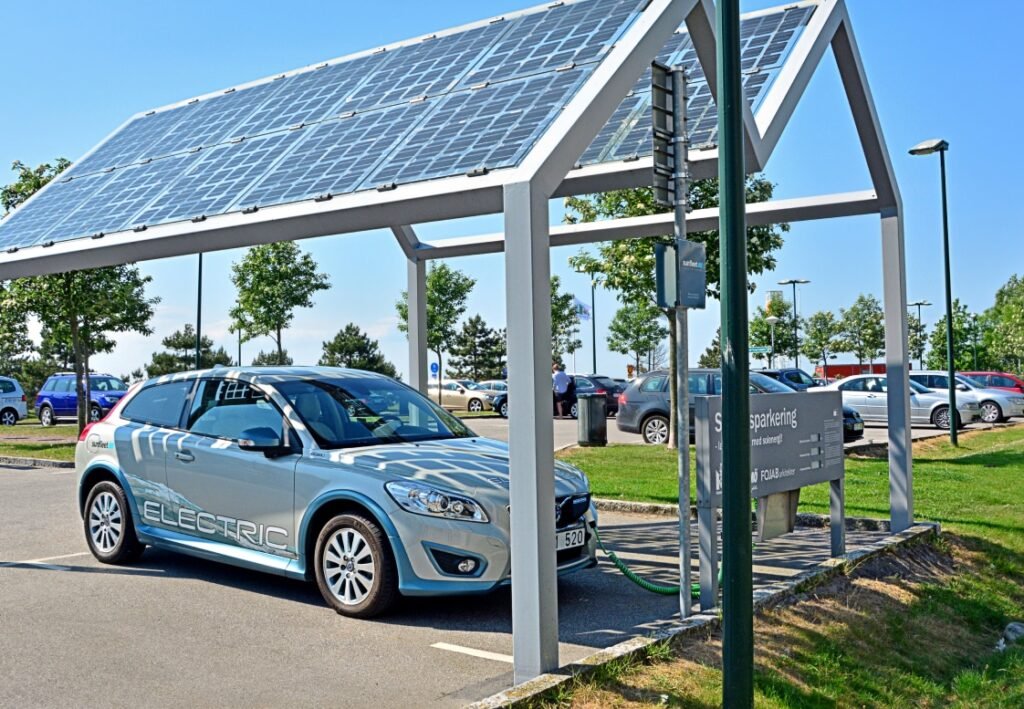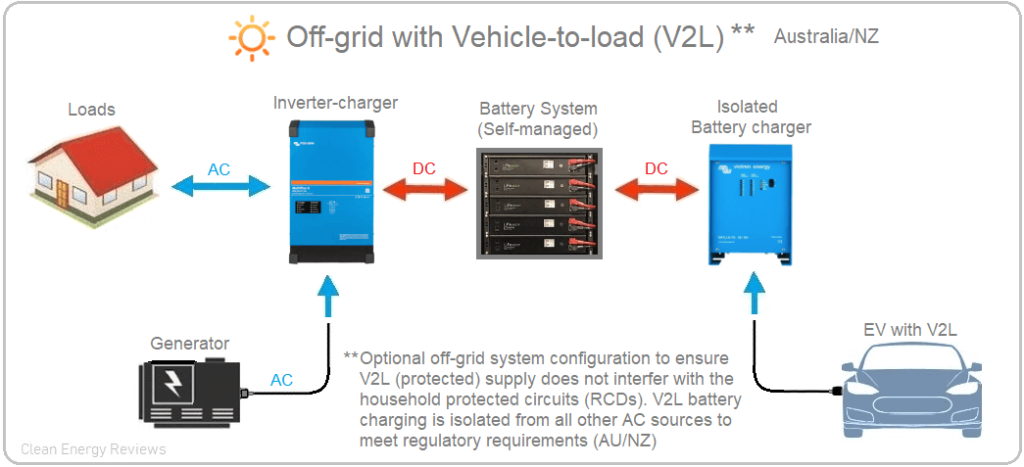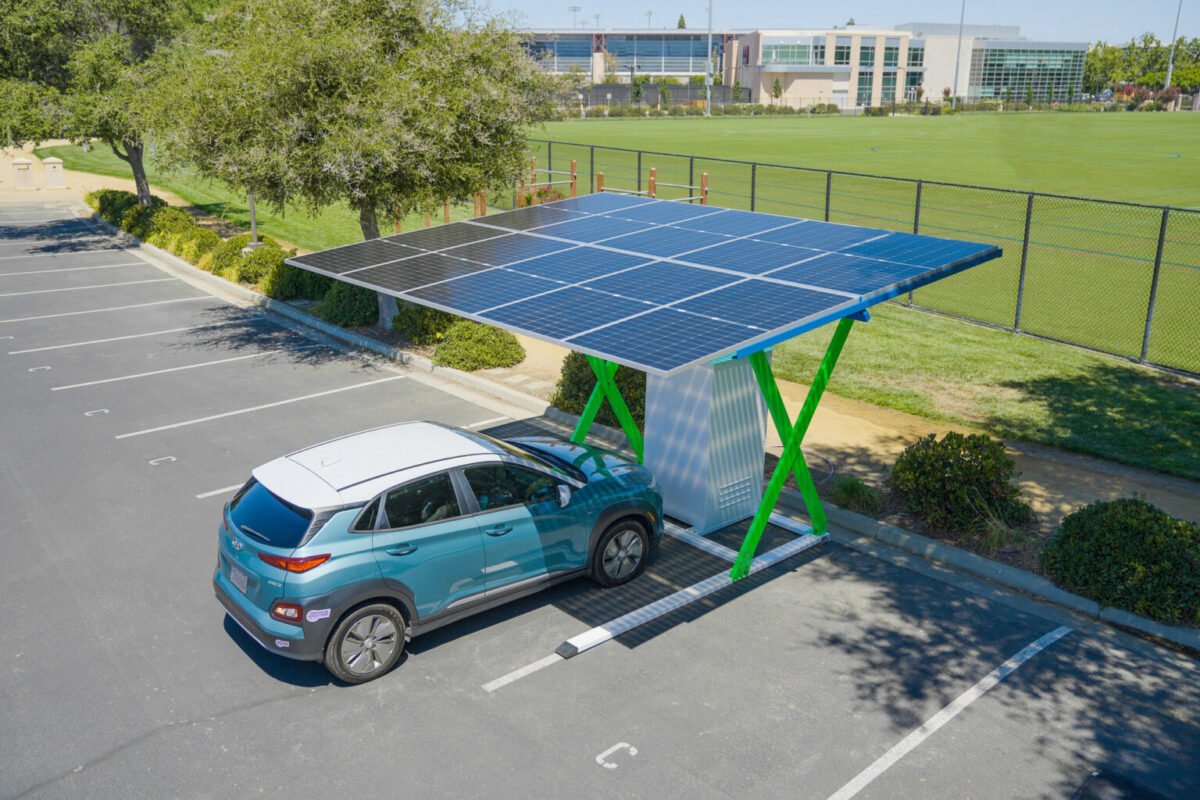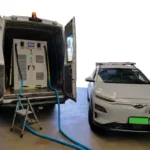No Grid, No Problem
Whether you’re living in a cabin, homesteading, or exploring remote areas in your EV, charging without the grid is 100% possible. EV Charging in Off-Grid is growing fast in 2025, thanks to better solar panels, smarter inverters, and efficient batteries.
This guide explains how to set up EV charging in off-grid areas using renewable energy or hybrid systems.

What Do You Need to Charge Off-Grid?
Here’s a basic setup:
- Solar Panels – Collect and convert sunlight
- Charge Controller – Manages current to prevent battery damage
- Battery Bank – Stores the energy (e.g. LiFePO4 or Tesla Powerwall)
- Inverter – Converts DC to AC for Level 1 or Level 2 charging
- EV Charger (Level 2 preferred) – Plug-and-play if your system has the wattage
Charging Options for Off-Grid Setups
| Option | Pros | Cons |
|---|---|---|
| Solar + Battery Bank | Fully renewable, quiet | High upfront cost |
| Gas Generator + Charger | Fast, portable | Not eco-friendly, loud |
| Hybrid Systems | Balanced, more reliable | Complex setup |
| Portable Power Stations (EcoFlow, Bluetti) | Easy setup | Limited capacity (great for hybrids, not full charges) |

How to Build an Off-Grid Charging Station
Step-by-Step:
- Calculate EV daily energy need (kWh)
- Size your solar array to exceed daily needs
- Use a MPPT controller and large-capacity inverter (6–12 kW recommended)
- Mount a Level 2 charger with 240V compatibility
- Test and monitor via apps (Victron, Enphase, etc.)
Real-Life Use Cases
- Rural Homesteads using Tesla Powerwalls + SolarEdge systems
- Vanlife Builds with 3,000W inverters + 400W solar arrays
- Remote Research Outposts using hybrid solar/diesel microgrids
- Eco-lodges offering solar EV charging to guests
How Much Does It Cost?
| Component | Estimated Cost (2025) |
|---|---|
| 4kW Solar Panels | $4,000–$6,000 |
| Battery Bank | $5,000–$10,000 |
| Inverter System | $2,000–$4,000 |
| EV Charger | $500–$1,000 |
| Total Setup | $10,000–$20,000 |
Costs vary by location, system size, and DIY vs pro installation.
FAQ
Q: Can I use Level 2 off-grid?
Yes — if your inverter and battery can handle 6.6 kW+ output.
Q: What’s the minimum solar needed to charge an EV?
You’ll want at least 3–5 kW per day in good sun to charge an average EV 50–70%.
Q: Can I charge off-grid overnight?
Yes — if you have a battery bank large enough to store daytime solar.

Final Thoughts
Off-grid EV charging is not only possible — it’s increasingly popular. With the right setup, you can enjoy total energy independence and drive clean even in remote areas.
Explore next:
- How Mobile EV Charging Works + Best Use Cases
- What Is Smart Grid EV Charging?
- Beginner’s Guide to Home EV Charging in 2025
Subscribe to VoltDriveHub for guides on off-grid energy, solar tech, and sustainable driving.




